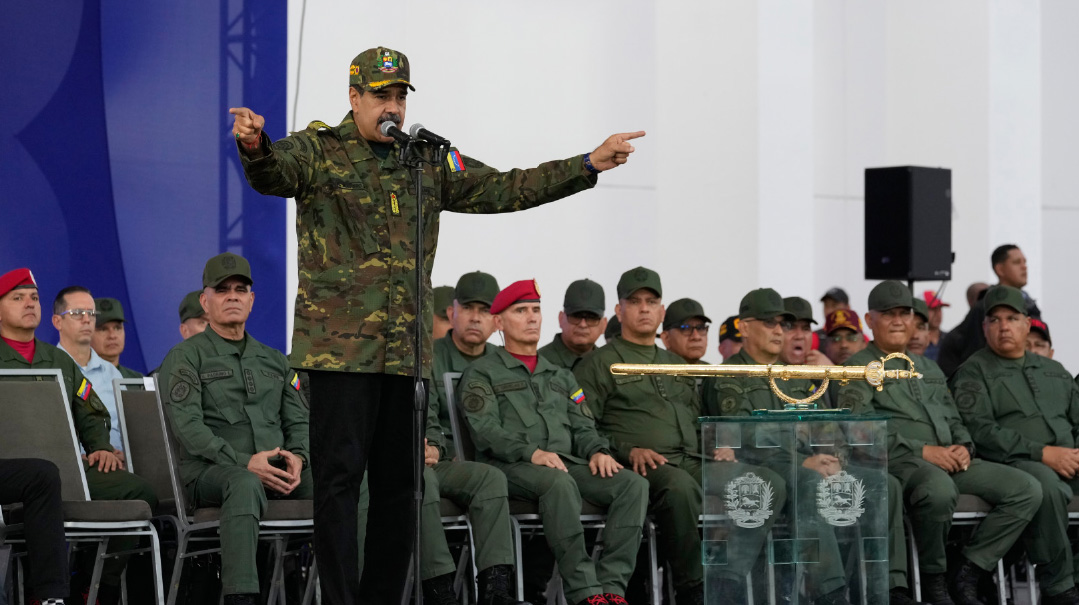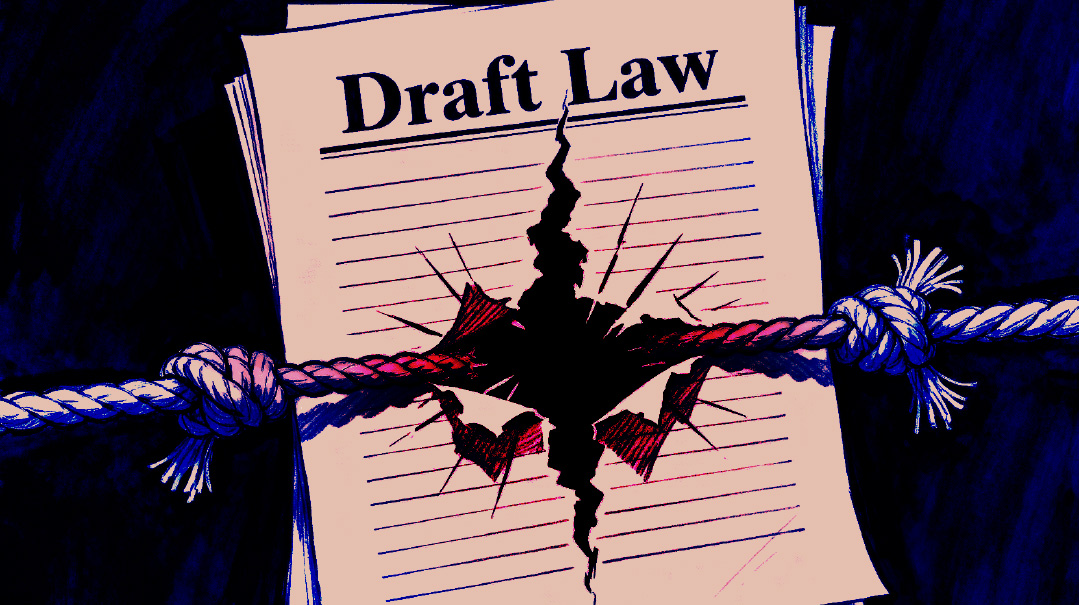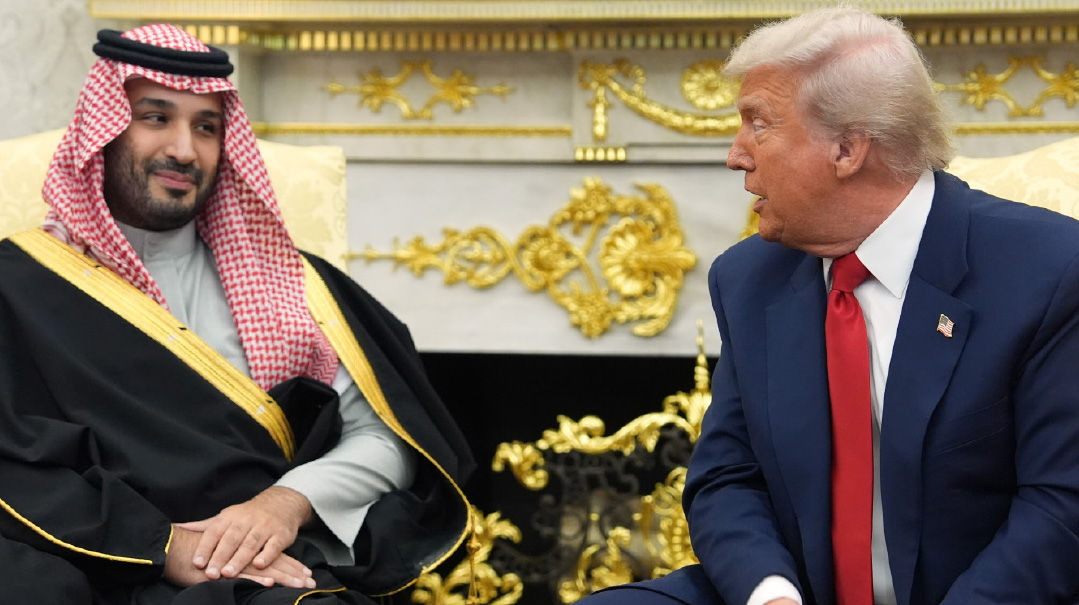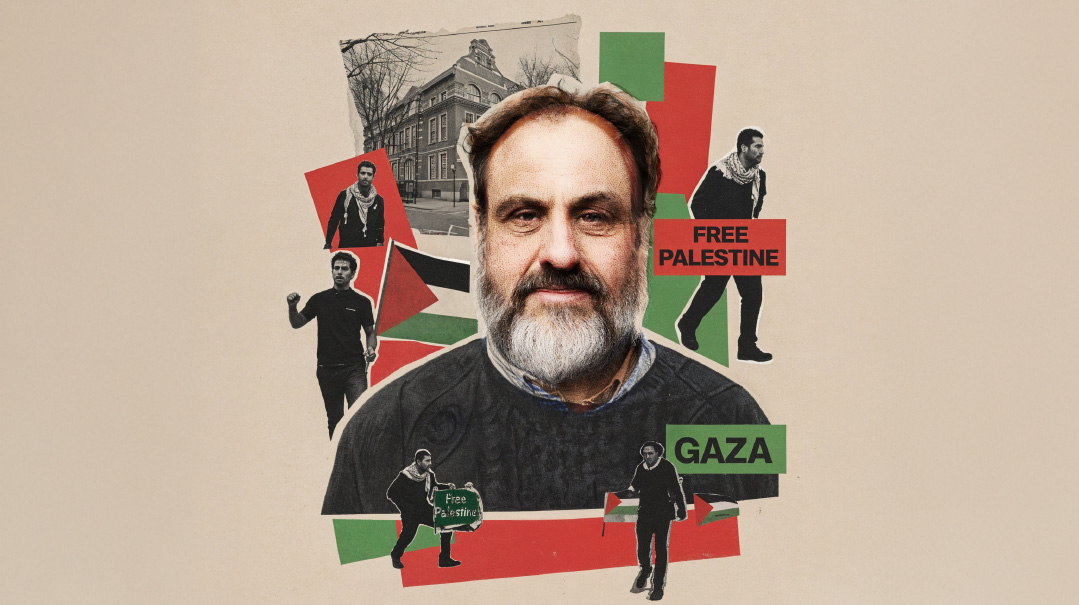A Nation Set Aflame
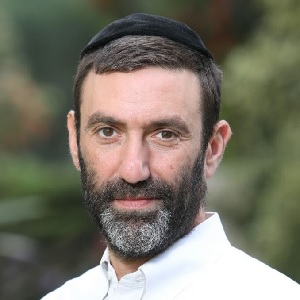
A wave of riots sweeps across America, and Jewish communities watch and wait as violence flares
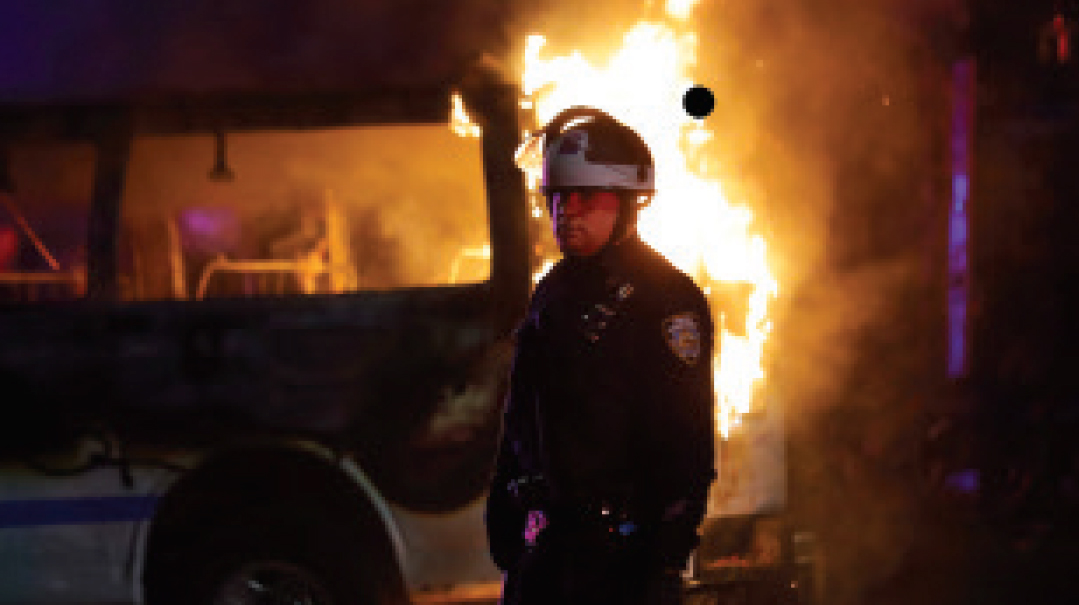
Photos: AP images
With reporting by Yochonon Donn and Omri Nahmias
An unemployed restaurant worker enters a corner shop in Minneapolis and buys a pack of cigarettes with a counterfeit $20 bill. The man, 46-year-old George Floyd, was fired from his restaurant job weeks prior when the coronavirus pandemic struck.
Employees call police, and when they arrive, they pull Floyd out of his car. At first, he is questioned on the sidewalk, but when police officers try to put him in the back of the squad car, he protests, claiming he is claustrophobic, and falls on the pavement. Police officers — there are four police cars at the scene by this time — succeed in stuffing him in the back seat of the car, but for reasons that are not entirely clear, minutes later he is pulled out and dragged to the ground.
One officer, Derek Chauvin, pins his knee into Floyd’s neck despite the suspect being handcuffed from behind and the presence of three other police officers. A heartrending video of the arrest shows Floyd pleading for help, calling for “Mama” and telling the officers that he can’t breathe. Chauvin keeps his knee on Floyd’s neck for almost nine minutes. For three of those minutes Floyd is unconscious.
He dies on the way to the hospital — a combination of an underlying heart condition and “any potential intoxicants in his system,” the county coroner determined — and Minneapolis explodes into violence. The four officers at the scene of the arrest are fired, and Chauvin is charged with third-degree murder and second-degree manslaughter.
What began as a heartbreaking tale of police negligence, and the tragic death of a man who was trying to rebuild his life, morphs into nationwide rioting. “Black Lives Matter,” the protesters call out. “I can’t breathe,” they chant. Whatever the deficiencies of the movement (anti-Semitism has been present at some of the protests in the past), people are angry. Too many black men die at the hands of white police officers, they cry. The system is unfair, they say. We need change now, they demand.
The truth is that Floyd’s death came at a time of record unemployment, a worldwide pandemic in which people have been cloistered in their homes for weeks, and a roiling undercurrent of dissatisfaction with the political class. It is a combustible mix that has caught flame across the country, leading to protests and rioting in large cities like New York and Los Angeles, and smaller ones like Nashville and Cleveland. At press time, more than 4,000 people have been arrested, and state governors have called on thousands of National Guard troops to patrol the streets.
Oops! We could not locate your form.







